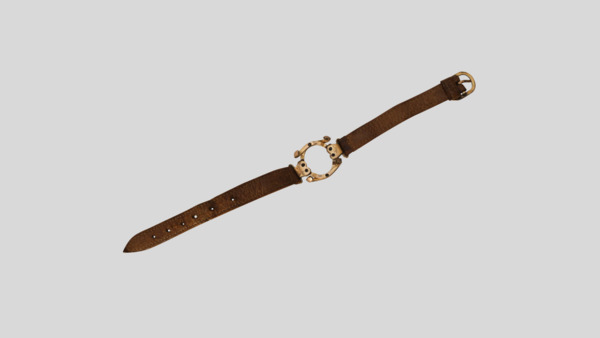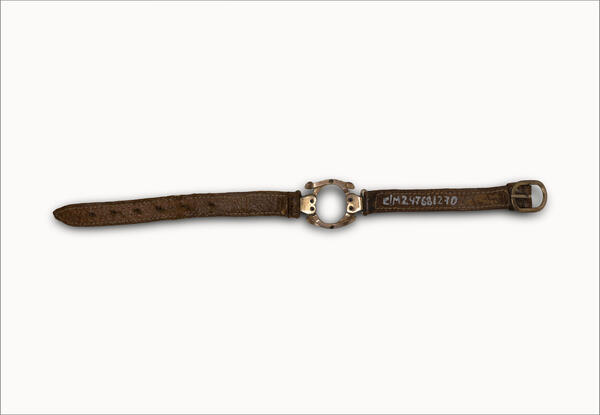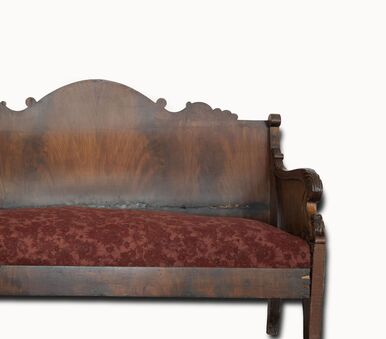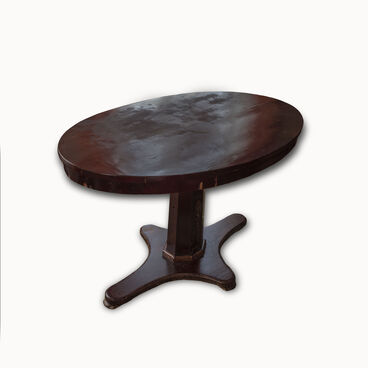The leather watchband and the gold-plated watch case are thought to have belonged to the family of Kamilla and Vasily Ivashev, who lived in Turinsk since 1836. On December 14, 1825, the Decembrist Revolt took place at Senate Square in Saint Petersburg. In July 1826, a trial was held, and Vasily Ivashev was initially sentenced to 20 years of hard labor, after which he was to settle in Siberia for the rest of his life. A month later, his sentence was changed to 15 years.
The memorial watchband was handed over to the museum as a gift from Tatyana Vasilievna Zuckschwerdt, the great-granddaughter of the Decembrist Ivashev, at the opening ceremony of the Turinsk Decembrists House Museum on December 7, 1993.
In the 19th century, men wore only pocket watches, while wrist ones were worn by women.
It is believed that the very first mention of a wristwatch dates back to 1571. Robert Dudley, a favorite of Queen Elizabeth I, presented her with a watch bracelet richly decorated with diamonds and pearls. From that moment until the early 20th century, wristwatches were called watch bracelets and were intended for women exclusively. They were considered more of an accessory and a tribute to fashion, than a serious device. The attitude of men towards them can be deduced from the expression of that time,
The memorial watchband was handed over to the museum as a gift from Tatyana Vasilievna Zuckschwerdt, the great-granddaughter of the Decembrist Ivashev, at the opening ceremony of the Turinsk Decembrists House Museum on December 7, 1993.
In the 19th century, men wore only pocket watches, while wrist ones were worn by women.
It is believed that the very first mention of a wristwatch dates back to 1571. Robert Dudley, a favorite of Queen Elizabeth I, presented her with a watch bracelet richly decorated with diamonds and pearls. From that moment until the early 20th century, wristwatches were called watch bracelets and were intended for women exclusively. They were considered more of an accessory and a tribute to fashion, than a serious device. The attitude of men towards them can be deduced from the expression of that time,




